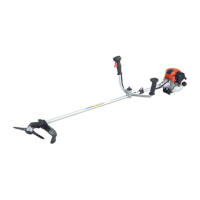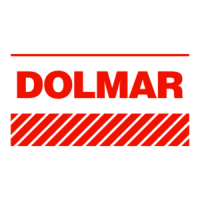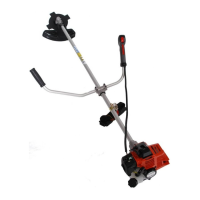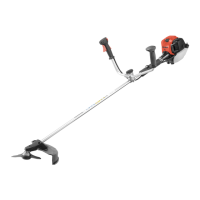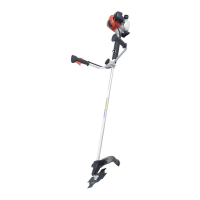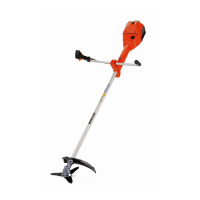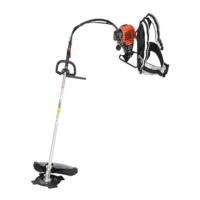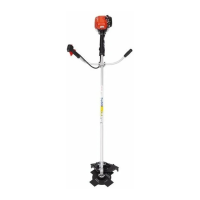K
kenneth21Aug 17, 2025
What to do if Dolmar MS-335.4 U Brush Cutter engine stops soon after starting?
- TTiffany SaundersAug 17, 2025
If your Dolmar Brush Cutter engine stops soon after starting, it could be due to: * Insufficient warm-up: Perform a warm-up operation. * Choke lever set to “CLOSE” when the engine is warm: Set it to “OPEN”. * Clogged fuel filter: Clean the fuel filter. * Contaminated or clogged air cleaner: Clean the air cleaner. * Abnormal carburetor or drive system: Make request for inspection and maintenance.
